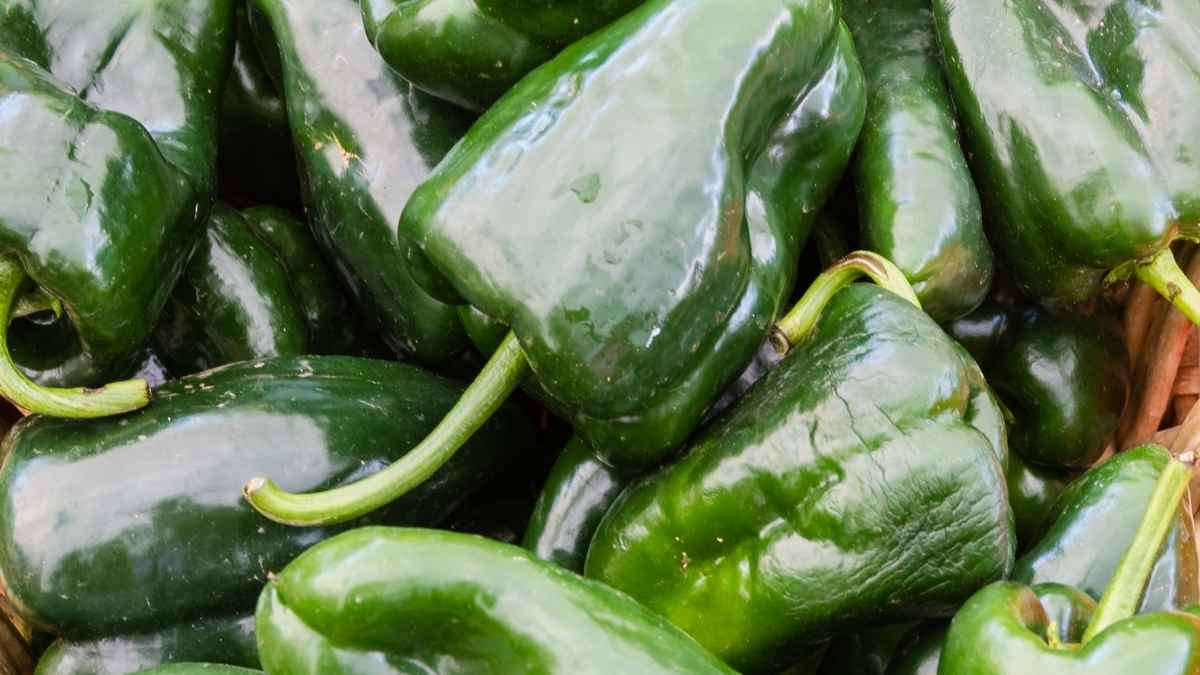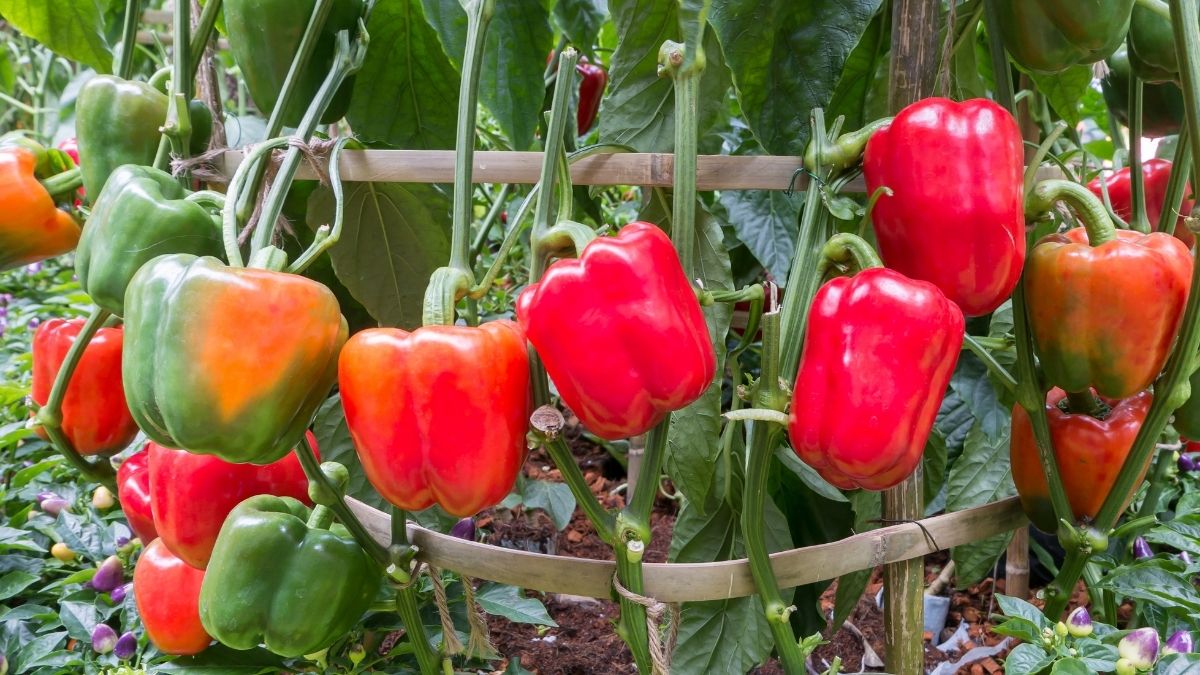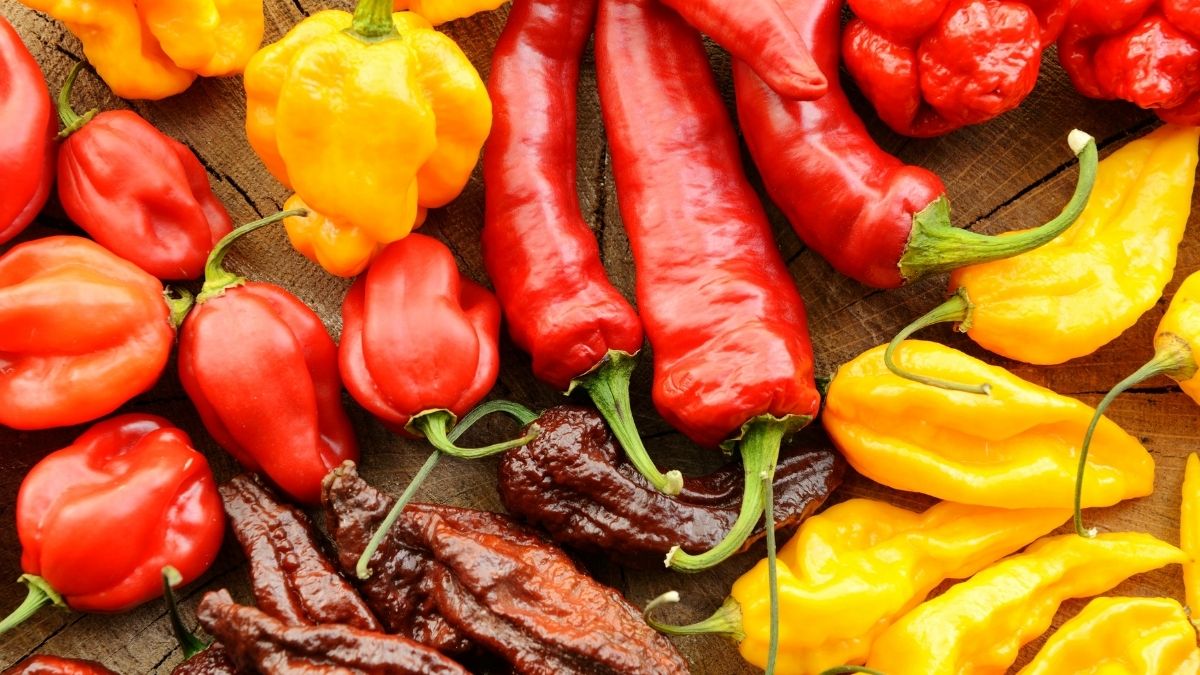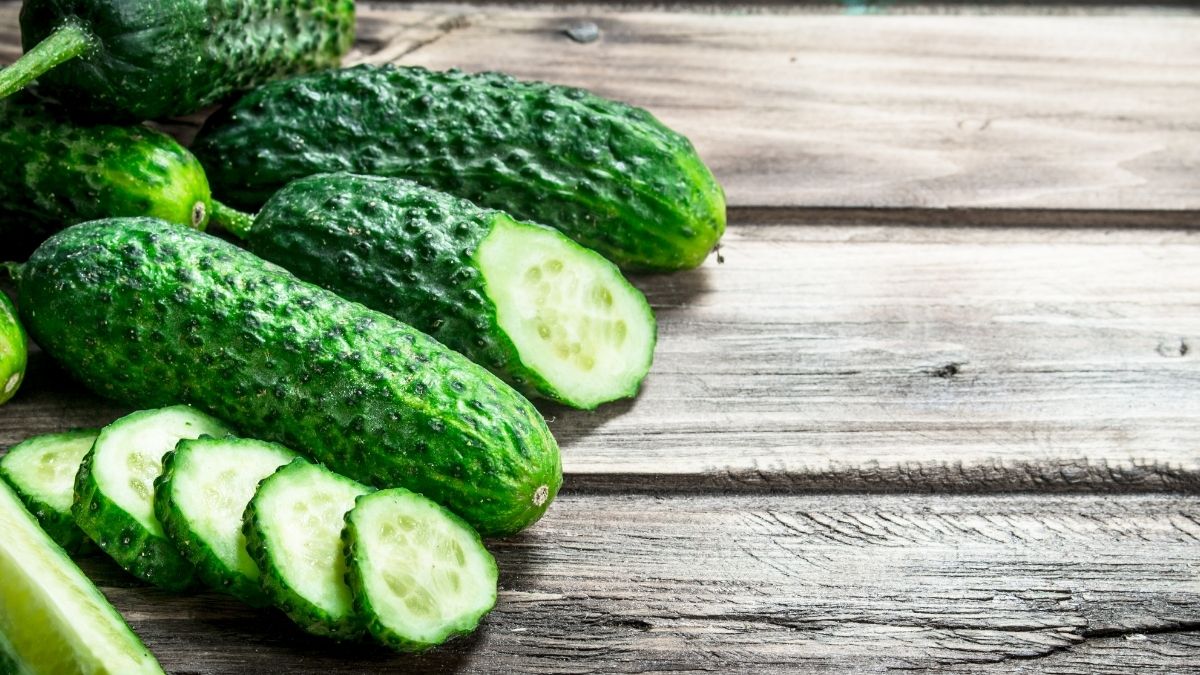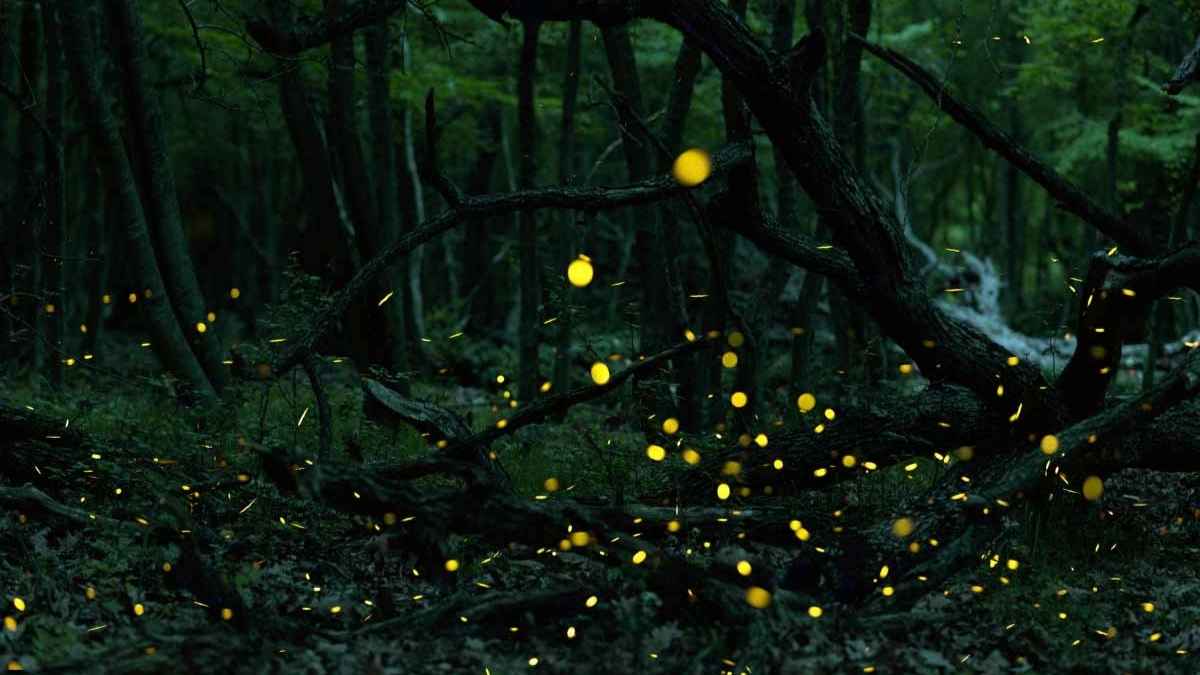
Summer is here and with it comes the magnificent light show of the glowing firefly. Many of us enjoy sitting on the back porch at dusk, watching in awe as the little critters light up the lawn. However, due to habitat destruction and pollution, the firefly populations have shrunk. Here are a few tips to draw these glimmering glow worms to your backyard!
Go Sans Chemicals
We tend to go spray happy in the warm months in order to get rid of mosquitos and other pesky bugs. However, most chemicals don’t discriminate and will likely kill the fireflies as well. Firefly larvae are born underground so any chemicals used for your grass would also be fatal.
Let The Snails Be
Fireflies love munching on slugs, snails, worms, and other slimy things. These brilliant beauties feast on grubs by immobilizing their food-to-be with toxic enzymes before sucking out the liquified body contents. Yummy! As most critters stay where there’s food, leave their viscous victims alone.
Cover Up
Fireflies are nocturnal and hide in tall grass and low-profile plants during the day. Give these guys a place to sleep with a variety of tall grasses, low-growing plants, and a few shrubs.
Go Dark
Fireflies get confused by artificial light. Turn off all interior and exterior lights to allow these luminous lampyridae do their thing!
Pick up a few firefly-friendly goodies at the Greenhouse today!

